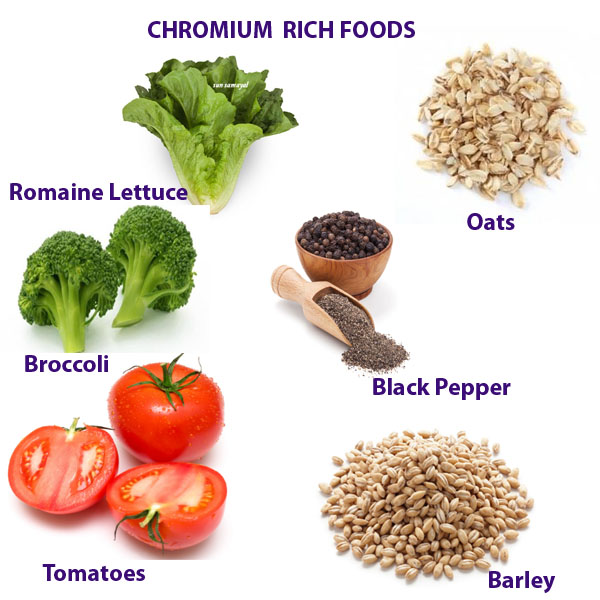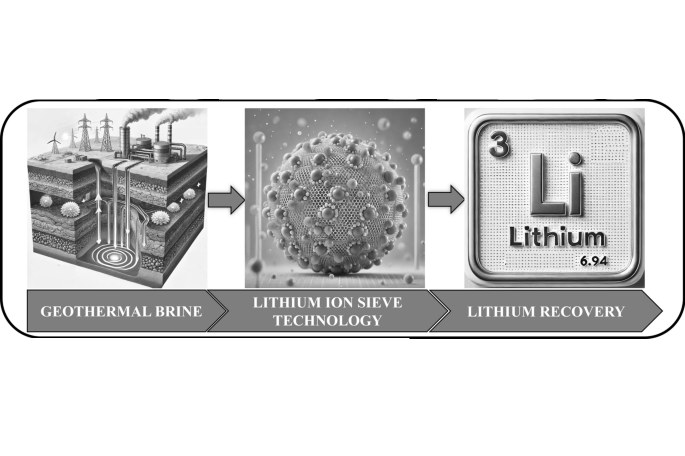How Chromium Affects The Body
Introduction
Chromium, denoted by the chemical symbol Cr and atomic number 24, is a metal with a silvery appearance and defined properties. This article examines the technical uses of chromium in alloys, primarily in stainless steel, and investigates its essential role as a trace element in human metabolic processes.
Chromium in Alloys: Producing Resistance
Chromium is primarily employed in the production of alloys. In stainless steel containing over 12% chromium, the metal contributes to mechanical strength, corrosion resistance and durability. In the watch industry, all-steel watches incorporate stainless steel in which chromium alloys may account for over 60% of the overall mass. Chromium alloys are also used in medical instruments such as scalpels and injection needles, where they meet cleaning, accuracy and longevity requirements. In addition, the maritime industry utilises chromium alloys in the construction of ships and motorboats, thereby eliminating the need for protective coatings.

Chromium in Health: Uncovering the Essentials
In addition to its industrial applications, chromium functions as an essential trace element for the human body. It affects sugar and lipid metabolism through interactions with hormones, insulin, enzymes and genetic material. The human body utilises inorganic and organic chromium at markedly different rates; organic chromium is absorbed at a higher rate.
Chromium-Rich Foods
Natural foods contain relatively low concentrations of chromium, primarily in the trivalent form. Chromium-rich foods include:
- Wholegrain
- Broccoli
- Nuts
- Green beans
- Brewer’s yeast

Regulation of Metabolic Processes
The physiological functions of chromium integrate into metabolic regulatory systems, thereby contributing to general health. Inorganic chromium shows low absorption in the human body, while organic chromium demonstrates an absorption rate between 10–25%.
Health Dynamics of Chromium: Trivalent versus Hexavalent
With regard to health effects, it is important to distinguish between the two primary oxidation states of chromium. Trivalent chromium performs functions that support metabolic processes in the body. By contrast, hexavalent chromium is 100 times more toxic than the trivalent form and poses health risks. Exposure to hexavalent chromium, given its association with industrial processes, may lead to its uptake and accumulation in the body.
Conversion Potential
Trivalent and hexavalent chromium can interconvert. This conversion capability necessitates maintaining a balance to utilise chromium benefits while reducing associated health risks.
Conclusion
In summary, chromium is an element of dual significance. It is indispensable in alloy production and plays an essential role in human health. It is present in stainless steel components and participates in metabolic processes. Stanford Advanced Materials recognises the central role of chromium and continues to support its applications, thereby contributing to both industry and the health sector.

 Bars
Bars
 Beads & Spheres
Beads & Spheres
 Bolts & Nuts
Bolts & Nuts
 Crucibles
Crucibles
 Discs
Discs
 Fibers & Fabrics
Fibers & Fabrics
 Films
Films
 Flake
Flake
 Foams
Foams
 Foil
Foil
 Granules
Granules
 Honeycombs
Honeycombs
 Ink
Ink
 Laminate
Laminate
 Lumps
Lumps
 Meshes
Meshes
 Metallised Film
Metallised Film
 Plate
Plate
 Powders
Powders
 Rod
Rod
 Sheets
Sheets
 Single Crystals
Single Crystals
 Sputtering Target
Sputtering Target
 Tubes
Tubes
 Washer
Washer
 Wires
Wires
 Converters & Calculators
Converters & Calculators
 Write for Us
Write for Us

 Chin Trento
Chin Trento



